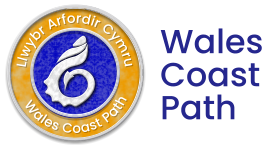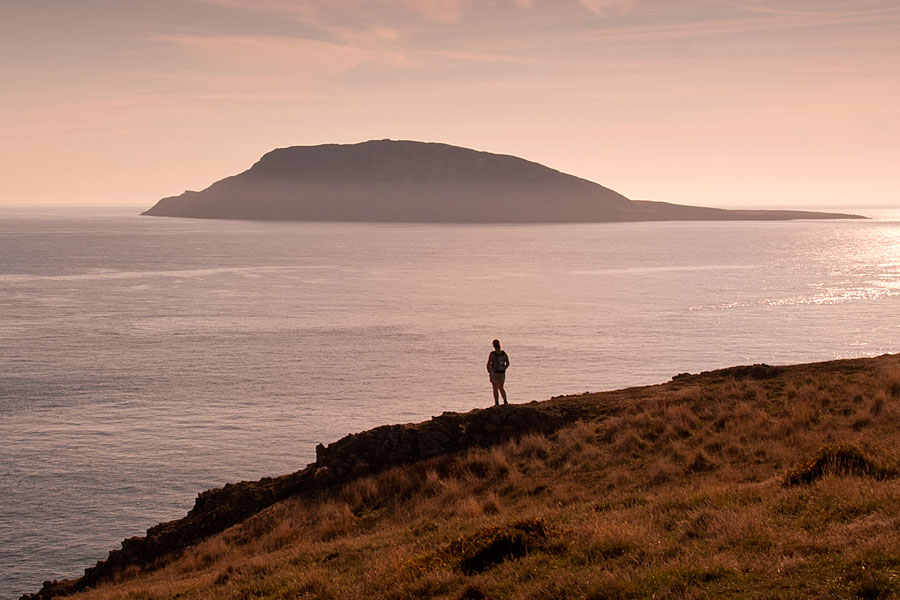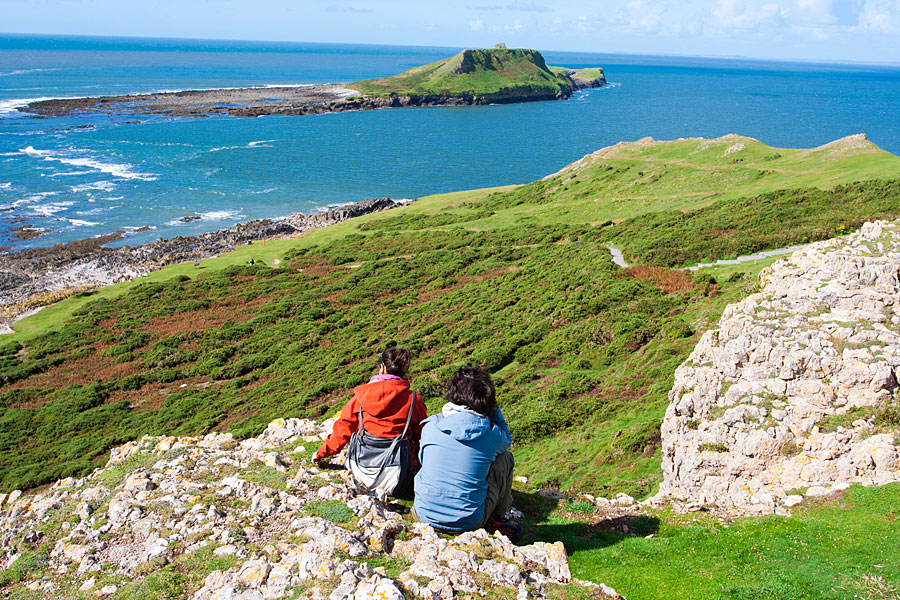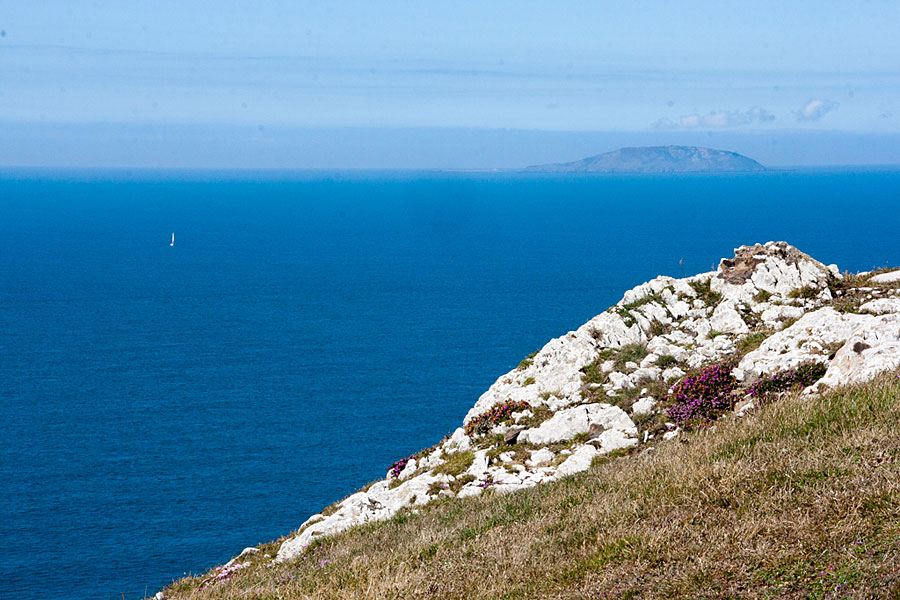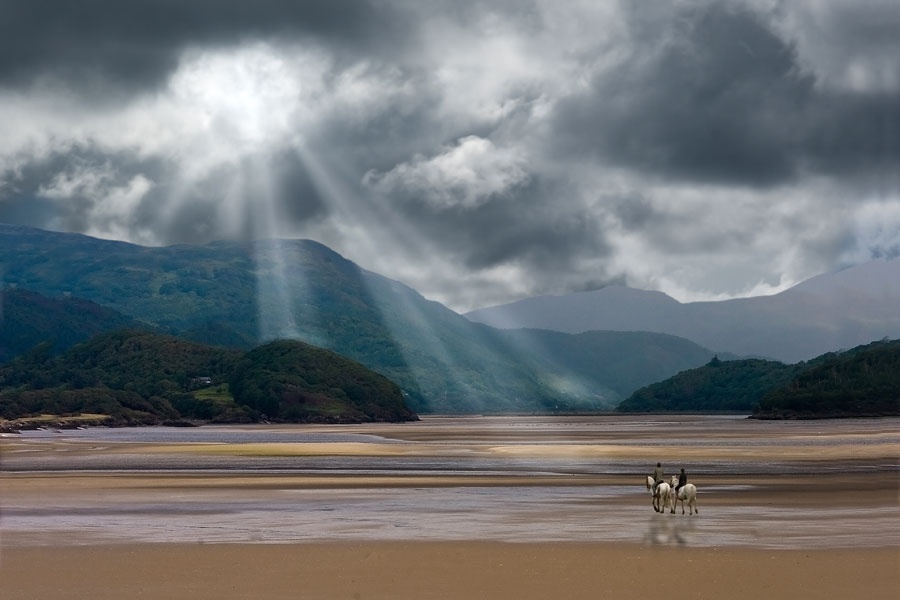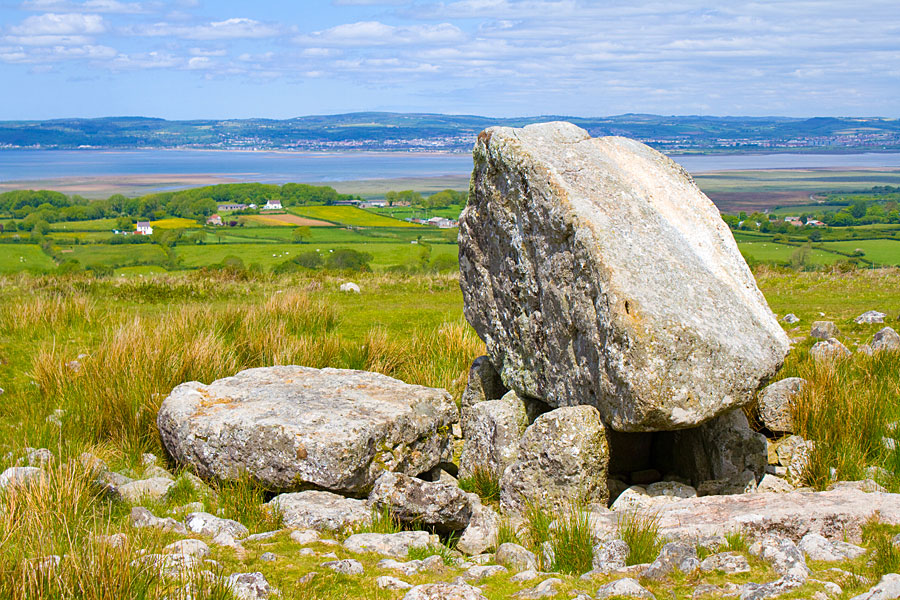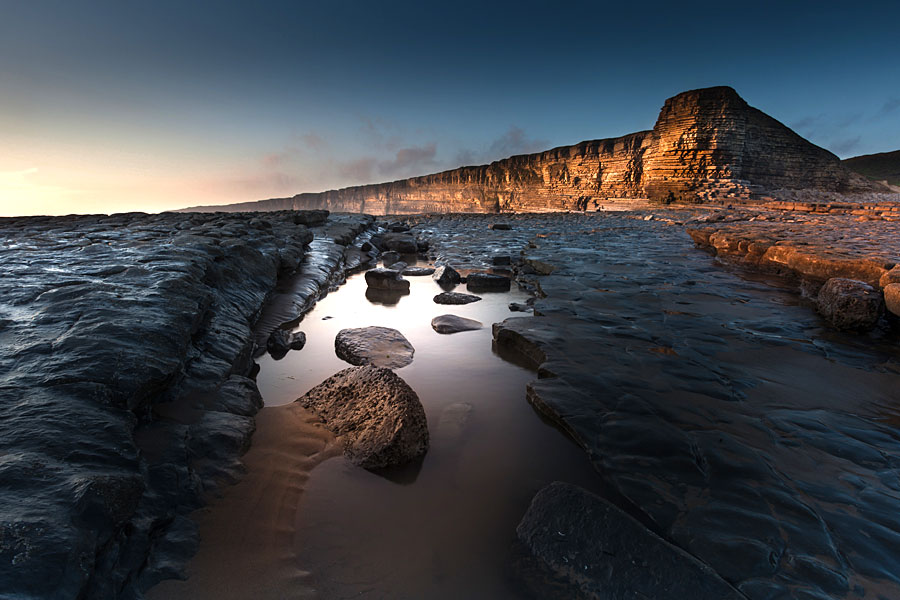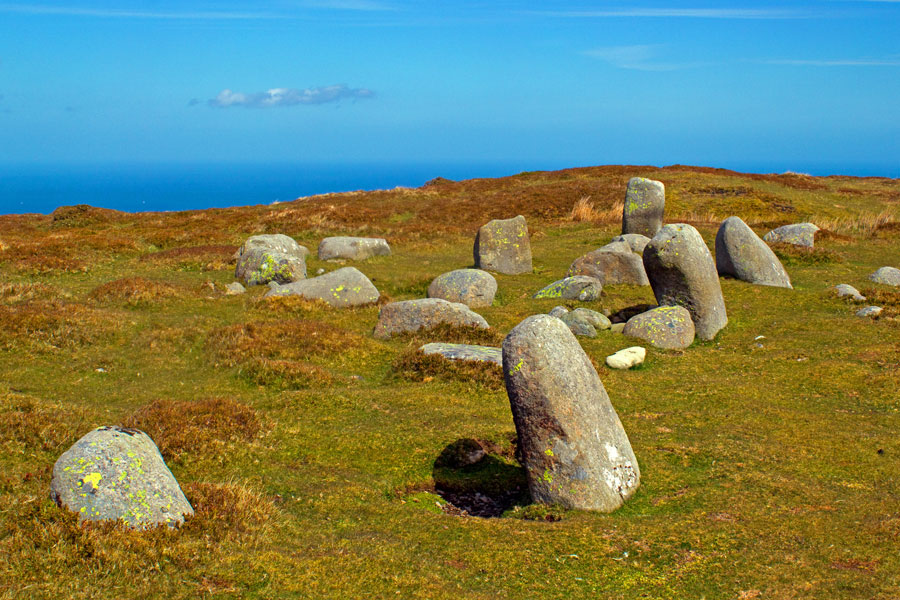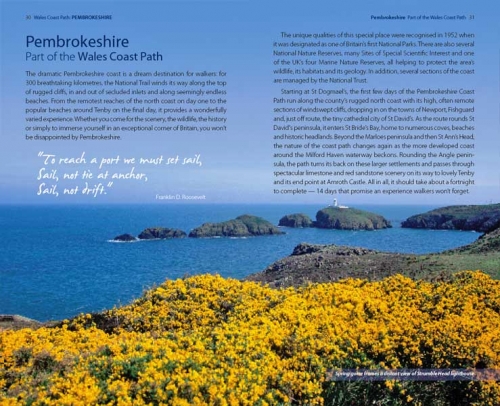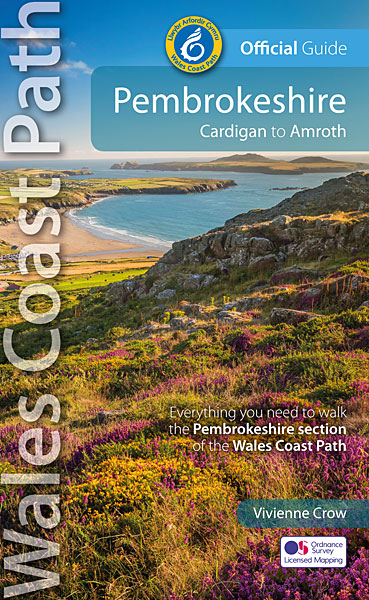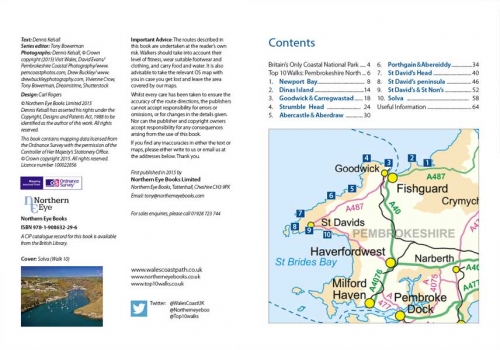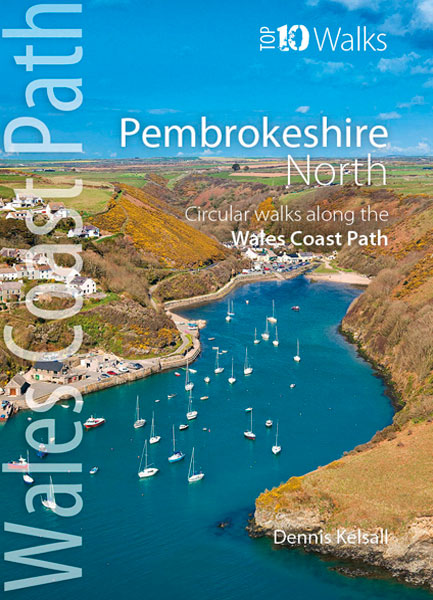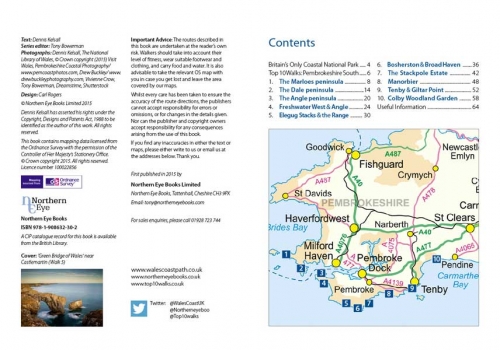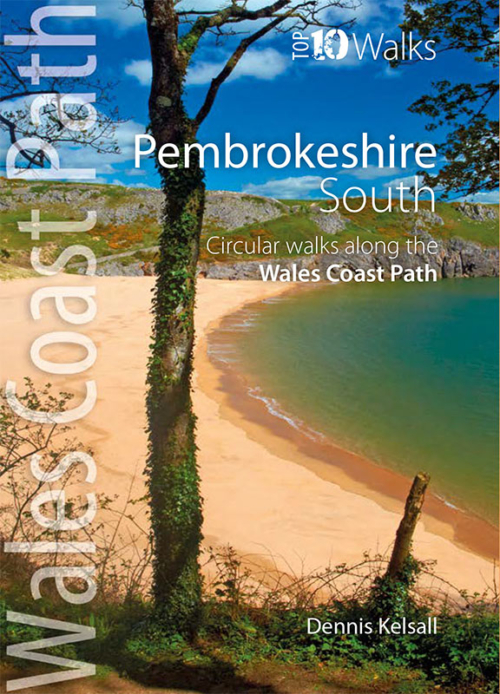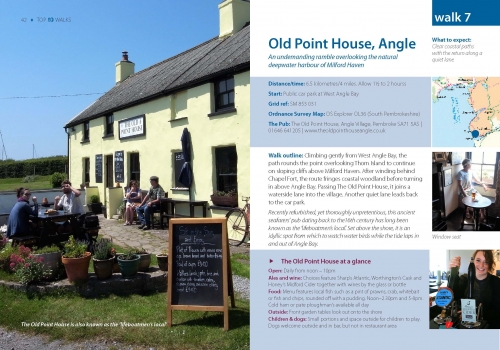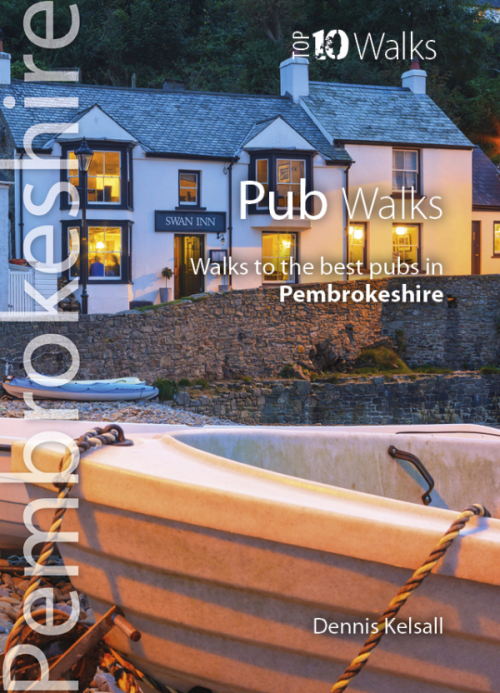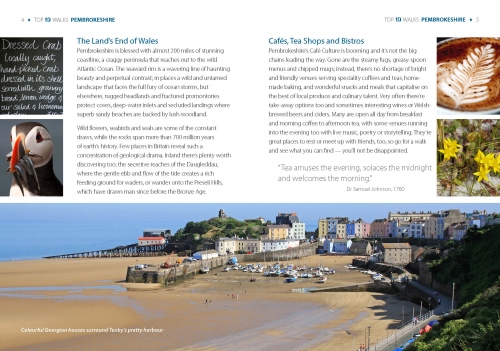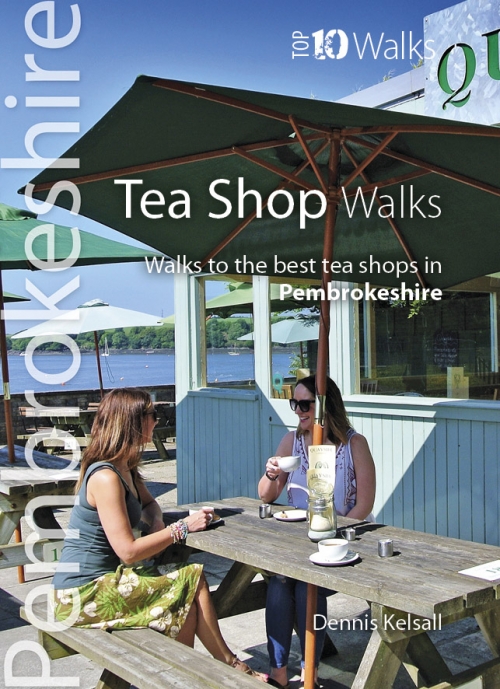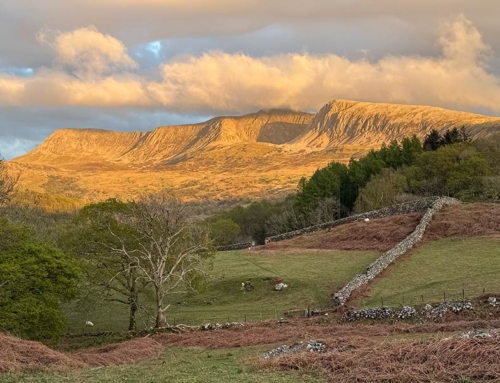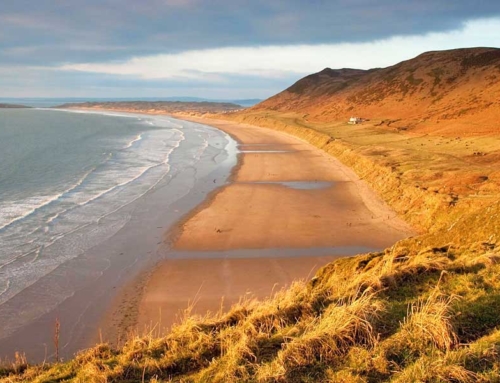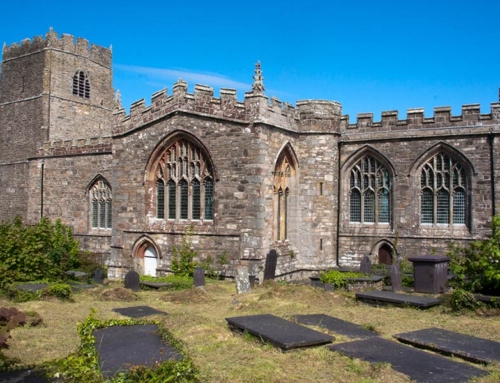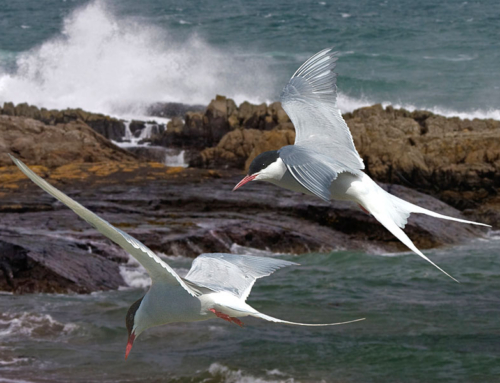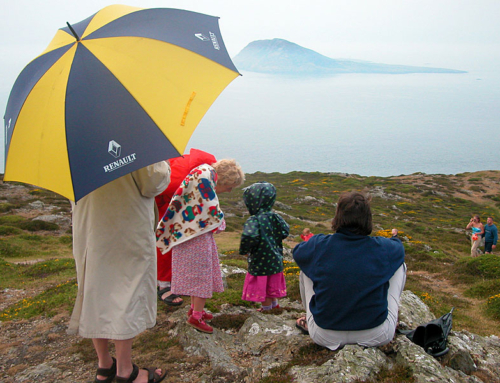Looking out over Bardsey Island/Ynys Enlli at the tip of the Llyn Peninsula
Tony Bowerman takes a fascinating look at the origin and meaning of Welsh place names along the Wales Coast Path
THE WALES COAST PATH IS DOTTED with some wonderfully evocative Welsh place names.
Welsh descriptions of coastal features are intriguing, and many of the names date back two thousand years or more. Understanding what they mean gives an added depth to walking the landscape, and helps bring it alive.
Cultural distinctiveness
Welsh place names are as much a part of Wales’s cultural distinctiveness as its mountains, sheep or rugged coast. To the English visitor, they may appear strangely foreign, confusing or simply unpronounceable. And yet, once carefully unravelled, they can tell us all sorts of fascinating things about a place — its landscape, character and history. Many place names along the Welsh coast are unusual, magical or tell an ancient story. Knowing the meaning of even a few common place name elements will help bring the Wales Coast Path alive.
Fascinating examples include Porth meudwy, or ‘port of the hermits’ and Carreg y defaid, or ‘sheep rock’, on the Llyn Peninsula, and Carn Pen Beri, or ‘Kite’s Head Rock’, and Trwyn Cynddeiriog or ‘Furious Point’ in Pembrokeshire.
You don’t need to be fluent in Welsh to learn about the landscape – just a few words can help you make sense of your map and your surroundings.
Welsh coastal place names
Here, listed below, are a few of the most common topological place names that crop up along the whole 870 miles of the Wales Coast Path. Together, they’ll help bring new insights and understanding to your walks.
Aber river mouth, estuary
Afon river
Bad ferry, boat
Bae bay
Cae field, enclosure
Carreg stone, rock
Cawl sea kale
Cei quay
Cilfach cove, creek
Clegyr rock, cliff
Culfor strait
Dinas citadel; hillfort; fortified hill
Dwr water
Dyffryn valley; bottom
Eglwys church
Ffynnon well; spring; fountain; source
Cliffs, coves and islands
Goleudy lighthouse
Glan shore
Gwymon seaweed
Harbwr harbour
Heli salt water, brine
Llech flat stone, flagstone, slate
Maen stone; standing stone
Mor sea, ocean
Morfa sea marsh, salt marsh
Moryd estuary, channel
Ogof cave
Parrog flat land by the sea
Penrhyn headland
Pigyn point
Pont bridge, arch
Porth harbour
Pwll pool, pit
Tafol dock
Ton wave
Traeth beach
Trwyn nose; point, cape
Tywyn sandy shore sand dunes
Ynys island
This list appears in the back of all seven of the Official Guides to the Wales Coast Path, where approximate pronunciations are also shown.
For a fuller explanation of Welsh place names along the coast, see also Understanding Welsh Place Names by Gwili Gog, published by Northern Eye Books — www.northerneyebooks.co.uk/shop/understanding-welsh-place-names.

